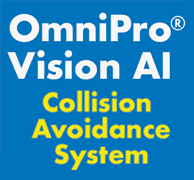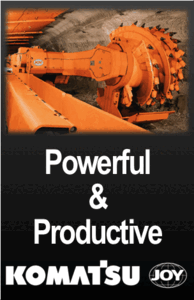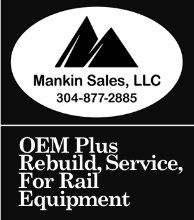
 











|
Signature Sponsor


May 18, 2015 - A mine judge’s rejection April 29 of a recordkeeping citation and the measly $112 proposed fine associated with it seem trivial until you understand the historical context, and then his decision takes on a significance so profound it shakes the very foundation of trust between a government agency and the sector of mining it regulates. Judge L. Zane Gill could find no legal reason to uphold a citation the U.S. Mine Safety and Health Administration (MSHA) had written against Midwest Fuels, Inc., a Minnesota fuel delivery service. The company was cited when an MSHA inspector observed a Midwest Fuels truck driver delivering fuel to a quarry in the state in September 2012. The ticket was for the company’s failure to provide certification its driver had received comprehensive training under MSHA’s 30 CFR §46 miner training regulation. Midwest Fuels disputed the alleged violation because it believed it had fully satisfied the law by assuring its driver had received training on the specific hazards at the mine site, called site-specific hazard awareness training. MSHA disagreed, contending the driver needed the full panoply of new miner training required by the Part 46 law; namely, 24 hours of instruction in a host of mine safety and health topics. The disagreement was the second go-around between the government and the fuel supplier. Three years earlier, MSHA had cited Midwest Fuels because one of its drivers lacked new miner training. That case hit a dead end when MSHA withdrew its opposition following a hearing before another administrative law judge. The agency did so without explaining why, but you can bet it was because MSHA realized it was not going to win. Then for the next three years, MSHA let Midwest Fuels make fuel deliveries unopposed. After the 2012 citation, it dinged Midwest Fuels again 14 months later for the same alleged recordkeeping violation. The company has taken that one to court, too. At best, if MSHA’s persistence turns on the belief in the rightness of its accusations, however misguided, then its leadership is suffering from a serious bout of amnesia. But something more insidious could be afoot. Gray-haired hard-liners within the agency who have never warmed to Part 46 may now have the upper hand, and may be using their clout to try and undo the 16-year-old regulation. If so, they risk seriously undermining a bond of trust forged between MSHA and its largest regulated constituency: stone, sand and gravel mine operators. The birth of the Part 46 regulation was highly unusual because it was largely authored, not by government rule writers, but by the very people it was designed to regulate ? aggregate stone producers. Their effort was not altogether altruistic, but it was unique. The industry actually petitioned Congress and the agency to promulgate a new enforceable regulatory requirement. The big producers, motivated largely but not completely by self-interest, realized they were likely to get an onerous training regulation shoved down their throats unless they took control of the development process. Aggregates producers, along with others involved in shell dredging, surface clay and colloidal phosphate mining, were already subject to a burdensome training regulation, Part 48, but these operators had once lobbied Congress for a rider to be placed on MSHA’s annual appropriation forbidding the agency from enforcing the rule on them, and for 19 years the rider had stuck. But by 1998 support for it was unraveling in Congress, fatalities were up, there was evidence some producers were flouting the law by doing no training at all and MSHA was applying public pressure for a change. With the blessing of Congress and MSHA’s top leadership, the industry-authored Part 46 went through notice-and-comment rulemaking and became the training law for surface aggregate and the other above-named interests in September 1999. Part 46 deviated from the rigidity of Part 48 in a number of important ways, one being that non-miners ? delivery workers, customers (including commercial over-the-road truck drivers), scientific workers, vendors, visitors, as well as maintenance and service workers who make only infrequent or short-duration visits to Part 46-regulated mines ? need only have familiarization training on hazards specific to the visited mine. Longer, more in-depth training mandated for new miners or follow-up eight-hour refresher training annually is not required. MSHA spelled out these changes in the regulation itself, in the preamble to the rule and in compliance materials. Yet, despite clear language exempting these categories of workers from comprehensive training, MSHA has made several attempts to impose such training not just on fuel delivery drivers, but on commercial over-the-road truckers and scientific workers; i.e., technicians, as well. Whether or not Judge Gill’s ruling will put an end to such perfidy remains to be seen. At the end of the 20th century, MSHA and a major sector of mining struck a deal that would enable the agency to enforce a training regulation for the first time in nearly two decades, one sufficiently flexible to meet the needs of the sector’s mine operators. But, by contriving fanciful ? and unlawful ? interpretations of the rule in litigation, MSHA has reneged on that agreement. The painful lesson for an industry where some small producers still do business with a handshake is that MSHA cannot be trusted to keep its word.
Copyright 2015, James Sharpe |
 








|